Interview: Choose your own adventure with TTRPGkids
An interview with Steph from TTRPGkids about choose your own adventure games, playing TTRPGs with kids, non-violent obstacles, and more.
While I don’t conduct many interviews for Skeleton Code Machine, I recently had the opportunity to talk to Steph from TTRPGkids and couldn’t pass it up! The TTRPGkids website has become the largest resource of all-ages TTRPG info available, including over 500 posts.
Steph, the creator of the site, is also a game designer focusing on “choose your own adventure” style games for kids, a genre with it’s own unique mechanical challenges.
In this interview we talk about managing complex story paths, making engaging games for young players, solarpunk, and designing non-violent obstacles.
Thank you so much for taking the time to talk! Let's start with your background. How did you get into tabletop game design?
Thank you for having me here!
I first played TTRPGs with a family friend who was running a one-shot maybe... 10 years ago? It was amazing, but it was a one-shot and adult life happened, so we didn't really pick it back up.
Then, right after I had my kid, my brother suggested I check out Critical Role. That early parenting time can simultaneously be very wonderful and also very difficult, and listening to the Critical Role cast just laughing and having fun and telling stories was a consistent bright spot. It was also a catalyst for me to connect with people in person during that time as we started our own game.
Influences on design can come from all sorts of places. Are there any particular games that you feel have influenced your designs?
I'm actually going to pull from some video games here. When I was a kid/teen, I really enjoyed playing Alpha Centauri, which is kind of like Civilization but in space, and I really liked the Nancy Drew mystery series video games. While I was playing, I would make up stories about the characters beyond what was in the games. I enjoyed the world building in Alpha Centauri (particularly because I'm a sci-fi nerd), and I like the hidden secrets sprinkled about in the Nancy Drew games, so I try to incorporate some of those elements into my games now.
TTRPGkids is the winner of a 2023 ENNIE Award. But for those who aren't familiar with it, how would you describe it?
TTRPGkids was built to be a one-stop resource for finding information on playing TTRPGs with kids. It was my way of organizing my own thoughts about using TTRPGs with kiddo while I was figuring it out and where I could support a community that I had found comfort and connection in. Now, the site has tips for running games for kids (which, in a lot of ways are tips for parenting but through the lens of TTRPGs), interviews with creators, reviews of indie TTRPGs, sections on education, therapeutics, and library resources, and tons of other random pieces that have been important to either my personal journey with all-ages TTRPGs or that I've seen are needed in the community.
A Construct's Nature is your journaling game, but one that draws inspiration from Choose Your Own Adventure (CYOA) books. What’s the story of the game's creation?
I really love stories about robots because, for me, they provide a way of seeing things for the first time again and maybe not taking life for granted. They can also be a base for stories about free will and taking control of your life.
A Construct’s Nature was, admittedly, me working through a bit of internal feelings about discovering myself again and taking control of my life while also still being there for others. Your character wakes up to a fresh start, has a quest imposed upon them, and then finds other characters along the way who are also going through their own journeys… and you can choose to be there, focus on yourself, etc. But the choice is yours the whole time, which was really important to me.
A Construct's Nature is over 300 pages linked by multiple paths through the story! How do you map the story and ensure that it has the right amount of branching and endings?
A lot of CYOA books have widely looping paths that kind of shorten your story because they crisscross a lot of very solidly set options in order to give you a lot of choices, but you can only fit so many pages in the book. And I had an early version of the book outline that did this, and I really didn’t like it, so I came up with something else.
With the final version of A Construct’s Nature, I have paths diverge and then converge by the end of each chapter so that your particular story ends up being a little longer… and you actually get a lot more choice and influence over the story.
Then within those paths, you’re prompted to interact with characters via journaling, impacting their Trust and how they interact later, and you can use items freely (which impacts your character’s Affinity stat). This introduces all that freedom of options and impact without making these massive decision maps.
Players have more control and can express creativity without making it excessively complicated.
What special mechanical changes and considerations were required when making A Construct's Nature both kid-friendly and engaging?
Because I leave a lot of the choices up to answering prompts it naturally tailors the content to the reader. In one case, there is an injured creature who is a bit twitchy and starts talking a lot. You’re asked something along the lines of: Why do you think this character is acting this way? What do you say or do?
In the example above, my kid (7 year old) might say, “The character is sad because they got hurt and I’ll ask if they want a hug. Then I want to go out of the cave.”
One of my adult playtesters in the same situation was like, “Oh yeah, they’re having a full on anxiety attack right now because they're worried about their injury being permanent. We’re going to take a break here to listen and let them talk it out.”
Then, depending on if you answered with empathy, told them to quit complaining, ignored them, etc., it will impact your relationship with that character (which affects things later).
I made sure that every prompt like this could be interpreted multiple ways so it becomes what’s appropriate or needed for the player to either tell a general story or work through whatever it is the player wants to approach more deeply.
You categorized A Construct's Nature and your Mech Squad games as solarpunk. What makes something a solarpunk game?
To me, solarpunk represents a setting where you can see nature and technology (and, in A Construct’s Nature, also magic) working together, or you can at least talk about it. Solarpunk takes current concerns about the environment and our daily role with nature and shines a light on it… then shows other options.
In the Mech Squad games, you’re actively researching real-world technology and looking at how it could be used to coexist with the environment, save animals, and protect natural spaces. In A Construct’s Nature, you see how the world’s prior inhabitants messed things up, and you now have power to choose something different.
StoryGuider is another game by you, aimed at ages as low as two years old. How does it differ from A Construct's Nature.
StoryGuider is also a choice focused story game, but the books are much shorter (maybe 24ish pages when put into book format) and are specifically just for young kids. It’s a collection of multiple stories with trilogies about a wizard or a superhero or a shy yeti, and it is a little more guided than A Construct’s Nature but still has room for what are basically vocal journaling prompts so players can change story elements as they read.
It also has built-in activities, like dancing, coloring, deep breathing practice, etc. to get the wiggles out, and there's a very intentional focus on social-emotional learning. It was originally created to help a pre-K teacher with a SEL curriculum.1
StoryGuider is one of the first TTRPGs I've seen that gives very explicit instructions to the person running the game. For example, "Show your child the map and let them pick where they want to go." What was your inspiration for this structured style?
This was so that folks who did not know what TTRPGs were would be taught, as they read, how to run it as an interactive game. I didn’t want it to just turn into storytime, I wanted it to be interactive storytime and for readers to really include kids in the game.
When you’re a reader, and you’re tired from chasing a 4 year old all day, it can be really easy to flip to the next page and pass up the map, so this gets the reader to pause and interact with the material with their child.
It’s also for teachers! This can easily be played with classes too, and… similar to chasing a 4 year old, if you’re wrangling fifteen 4 year olds, having the instructions written out mid-play can really help to pause and trains educators who found this as a cool book (i.e. not knowing what TTRPGs are) how to use the content.
How does coloring factor into the game and what is its importance as a game mechanism?
Coloring is there to be a brain break to get the fidgets out, to encourage kids to interact with the story (so they aren’t just being read to). It lets me add in activity sheets (i.e. color the items their character packs). And it lets kids make the characters how they want. I don’t describe the character’s hair, skin color, gender, etc. in the text.
Both A Construct's Nature and StoryGuider seem to avoid the usual TTRPG tropes of swords, combat, and killing monsters. What advice would you give designers who want to build non-violent obstacles to overcome into their own games?
Games can be really exciting without fighting! Conflict or challenges or drama can come from all kinds of sources: the environment, the character’s own feelings, NPC disputes, puzzles.
In A Construct’s Nature, part of the excitement is when you stumble on bits of lore that you weren’t expecting, so you start piecing together past events. In StoryGuider, there’s the Loc Yes Monster who says yes to everything but doesn’t quite do what you really want.
Both of these are fun to play around with and I’ve had players excitedly message about how they got all the data pad components during their second run, or I’ve seen kids at a convention falling out of bean bag chairs laughing at my Loc Yes Monster hand-puppet who grumpily threw a (well sealed) giant clam at them when they asked for a bigger pearl.
I took it as a personal challenge to build engagement without combat, and I think I’ve had a lot more fun stretching my creativity in thinking up weird situations than if I were planning combat encounters.
I’d say that, if you’re looking for non-combat ideas, look to real life situations where you were excited — these can be solid inspiration. Think about the exciting parts of your previous games that have lasted in your memories — these are often the moments between combat.
What does playtesting look like for you? Are there any particular challenges when playtesting with children rather than adults?
Because I want my games to be all-ages friendly, I want adults to enjoy them as much as or alongside kids. So, my playtesting usually involves me playing a game with [my] kiddo for my first round, and then me sending it out to adults who have kids and those who don’t.
I want feedback from both sets of adults, and I want feedback from kids too. I’ll usually ask questions like: What did they like and dislike? Were the mechanics engaging? Were the mechanics too hard in any way? Were any parts of the story boring? What was confusing? What would you 100% keep? What would you change?2
What advice would you give parents who want to introduce their kids to the world of TTRPGs?
If your kids are really young, you can start with improving a bedtime story but letting kids choose things for the character, even if it’s something simple like what color hat to wear. From there, you can build it up to giving more choice, adding a d6, etc.
If your kids are older and maybe have a system in mind that they want to try, do what you can to facilitate that and show interest! Ask them about their characters and adventures. Encourage them to share with you about it. This goes a long way for building engagement, and it’s also just good for helping a kid feel seen and heard too.
You have a print version of StoryGuider Coloring Book Adventures campaign about to go live. Where can people find and follow it?
Yeah! This is going to be revamp of StoryGuider with a print format version, lessons learned from feedback the past 4 years, and new art from a very cool art team.
You can find it here on Backerkit!
You are about to launch a crowdfunding campaign, but what's next for you after that? What else are you working on?
Oh gosh… so many things. I’m going to be presenting at Gamehole Con and PAX Unplugged, I’m the project manager for Underisles, which just funded (YEAH!!), and I’m always publishing more on TTRPGkids.
Ultimately, I want to get all of my digital titles into print format, in some capacity, so that’s kind of my background goal, as time permits, between the presentations and articles and work on other projects (and family life).
Where can people find you online?
Primarily, you can find my work through the TTRPGkids.com website, and then, for socials, I’m most active on Bluesky at https://bsky.app/profile/ttrpgkids.com.
I also have a subreddit, instagram, facebook group, etc, which can all be found through my linktree!
The most important question... what's your favorite dinosaur?
Archaeopteryx! I love that weird little feathered dino bird.
Thank you so much to Steph for taking the time to talk!
If you want to see Steph’s games, you can find them at the TTRPGkids itch.io page. StoryGuider Coloring Book Adventures is launching soon on Backerkit.
— E.P. 💀
P.S. The Trench Grub's Thirst was ranked 3rd out of 226 entries in the Appendix N Jam. Also 1st in Layout and Writing. Grab a free community copy! 🐛
Skeleton Code Machine is a production of Exeunt Press. All previous posts are in the Archive on the web. Subscribe to TUMULUS to get more design inspiration. If you want to see what else is happening at Exeunt Press, check out the Exeunt Omnes newsletter.
Skeleton Code Machine and TUMULUS are written, augmented, purged, and published by Exeunt Press. No part of this publication may be reproduced in any form without permission. TUMULUS and Skeleton Code Machine are Copyright 2025 Exeunt Press.
For comments or questions: games@exeunt.press
Social and emotional learning (SEL) is an educational method that aims to foster social and emotional skills within school curricula. SEL is also referred to as "social-emotional learning," "socio-emotional learning," or "social–emotional literacy."
For more on asking playtesting questions check out Don’t Ask These Playtesting Questions! based on my experience at Unpub.


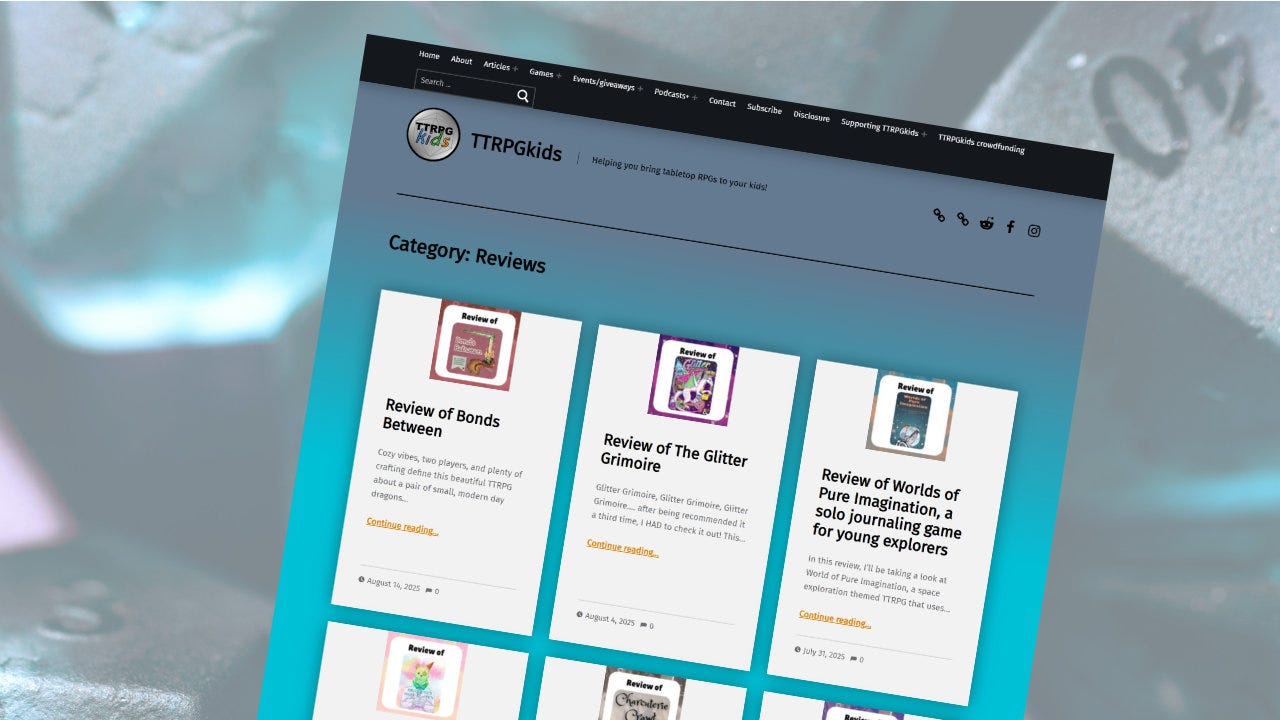
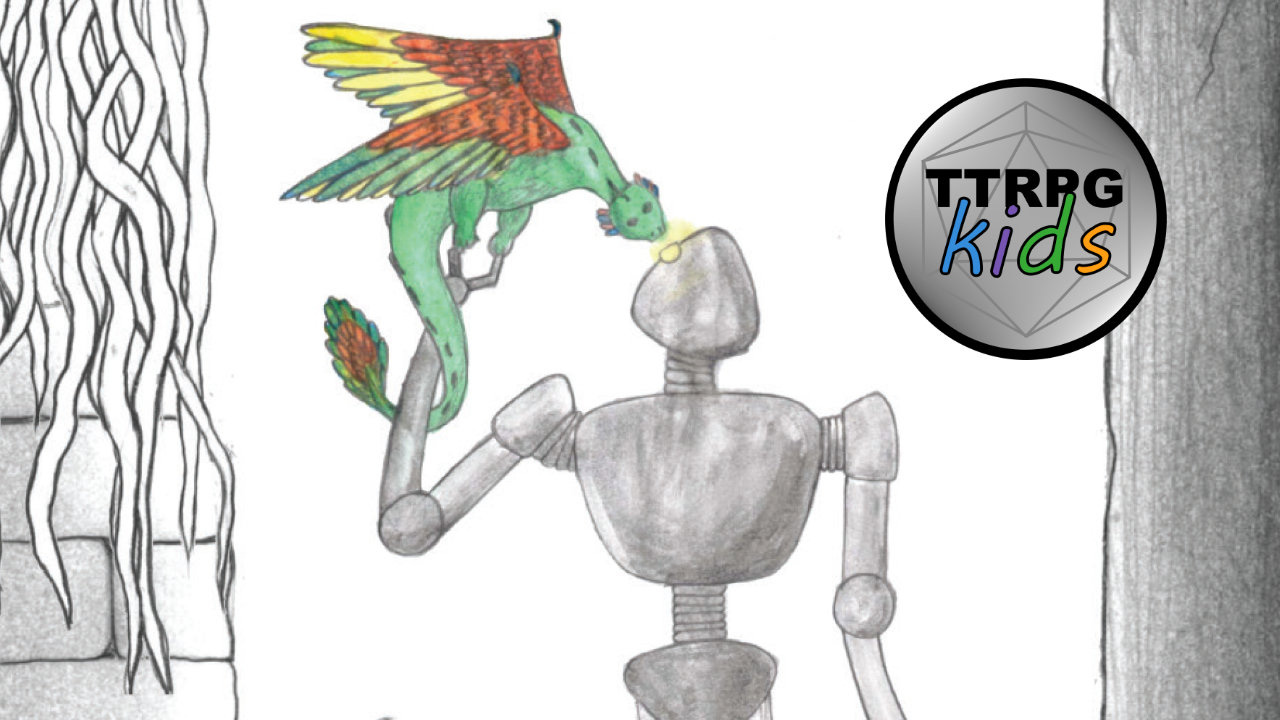
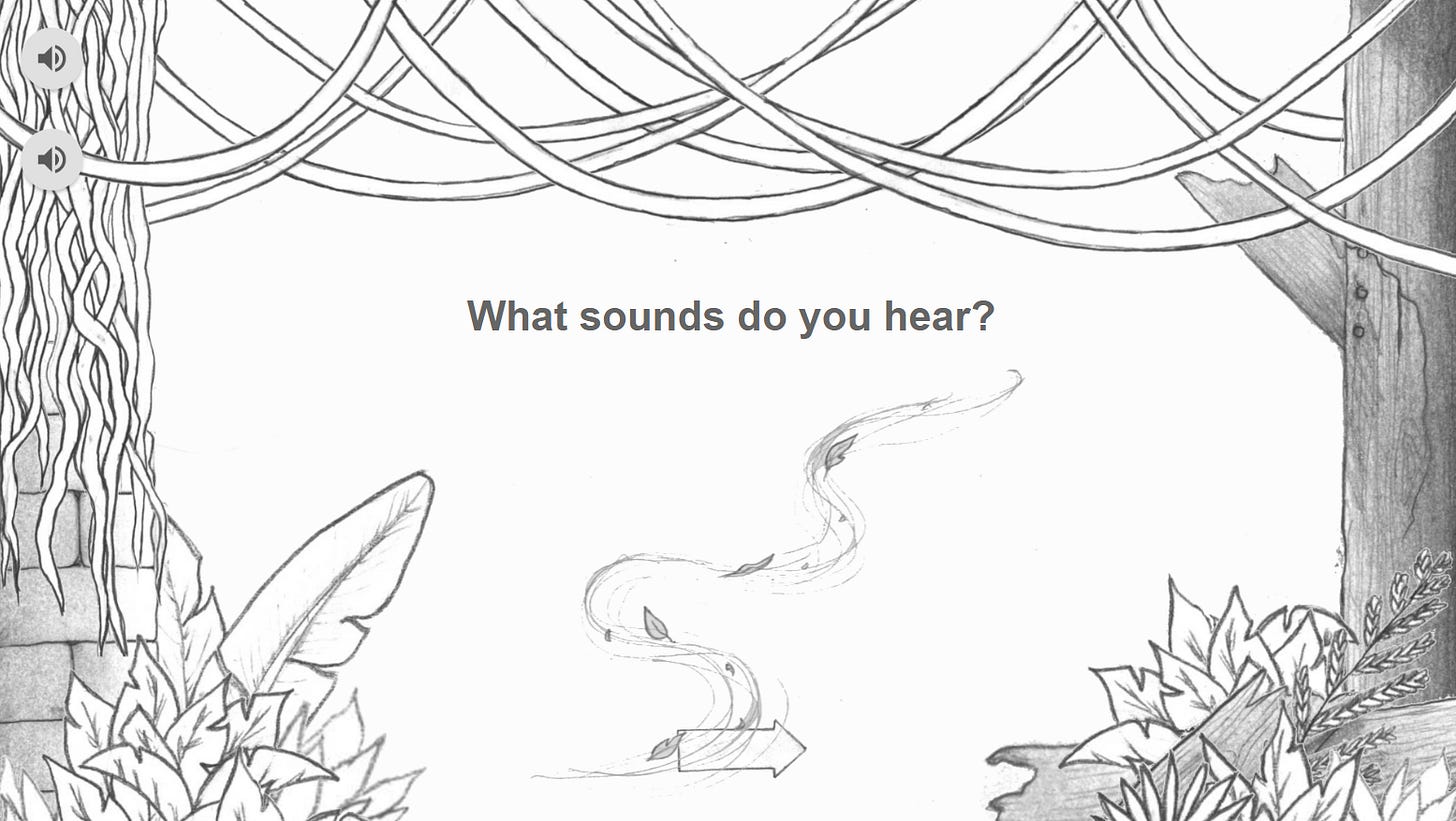

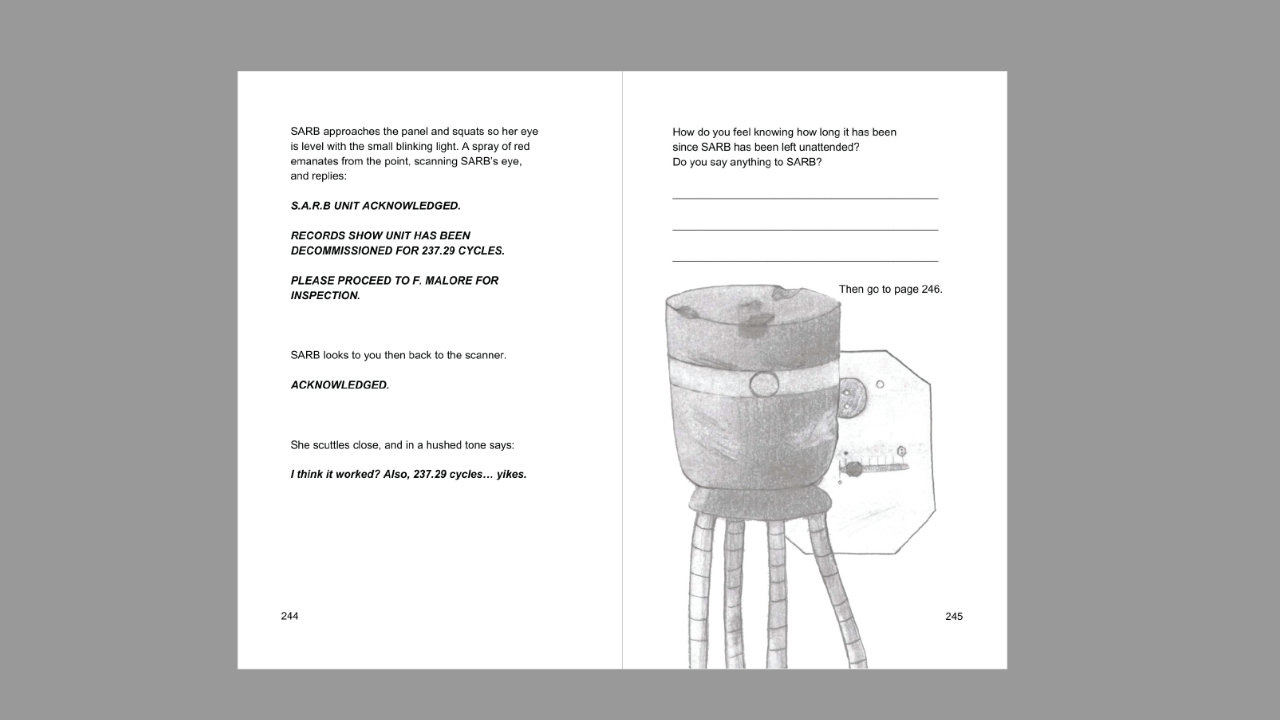
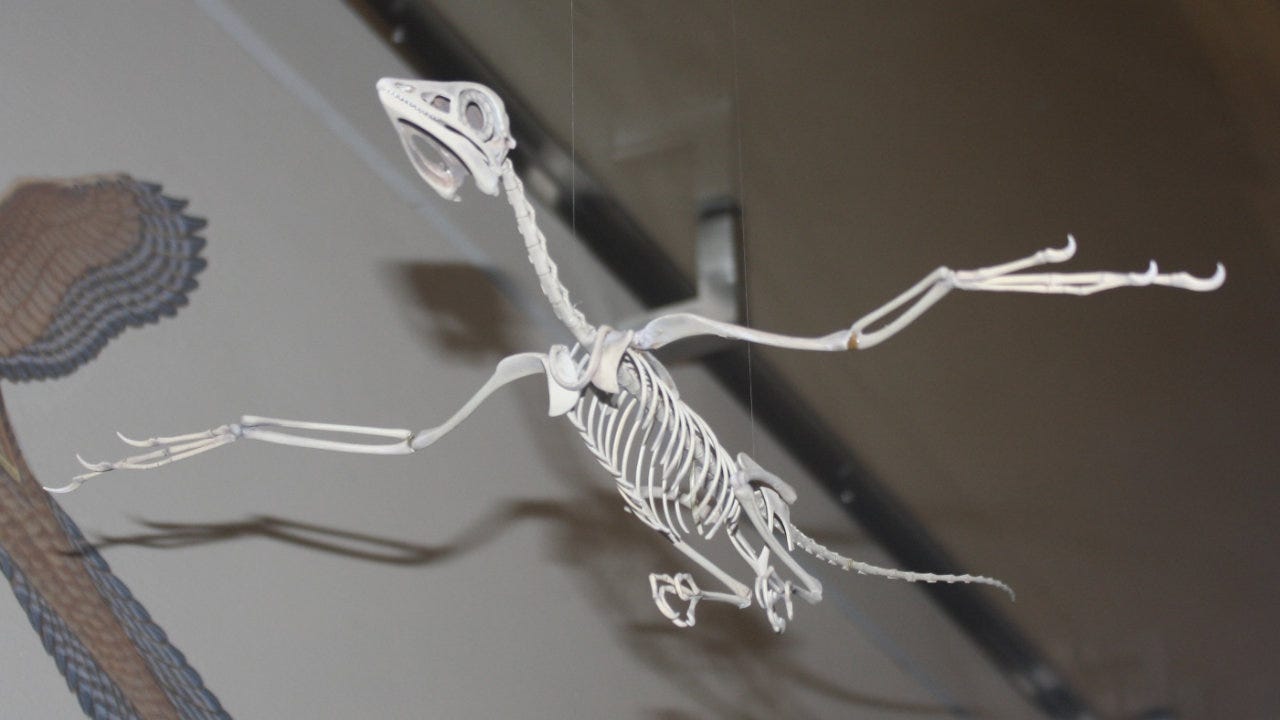
Thank you for having me on for the interview! I love getting to chat about TTRPGkids, but this was very cool getting to talk more about mechanics, and I appreciate the highlight.
Thank you for the interview. It was really fun and insightful to read.